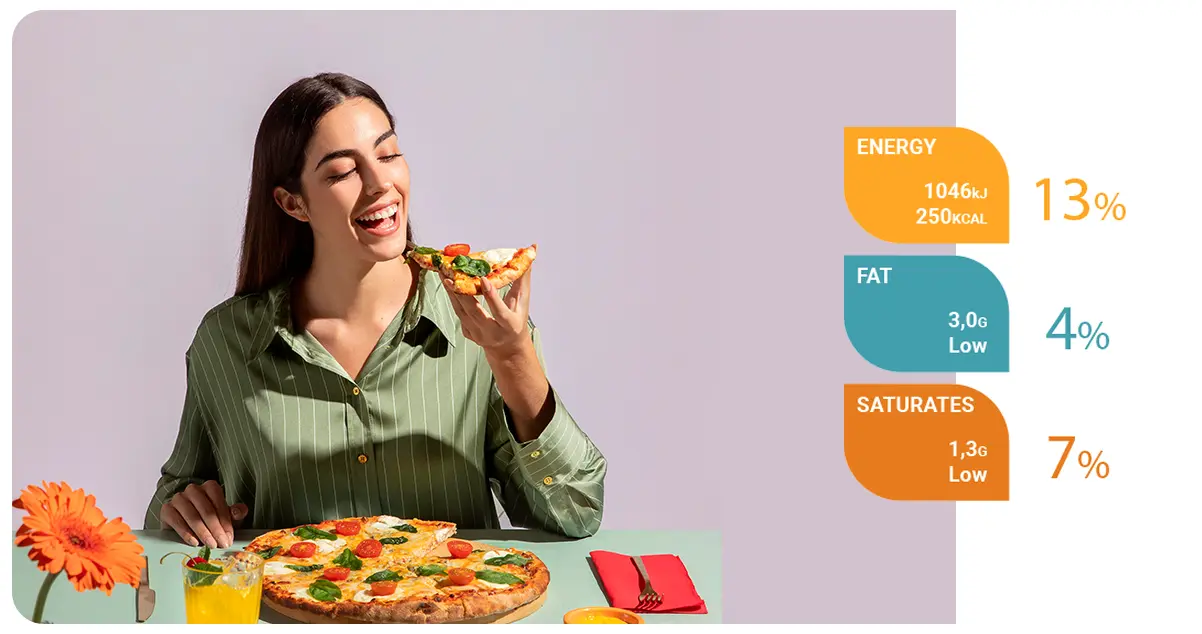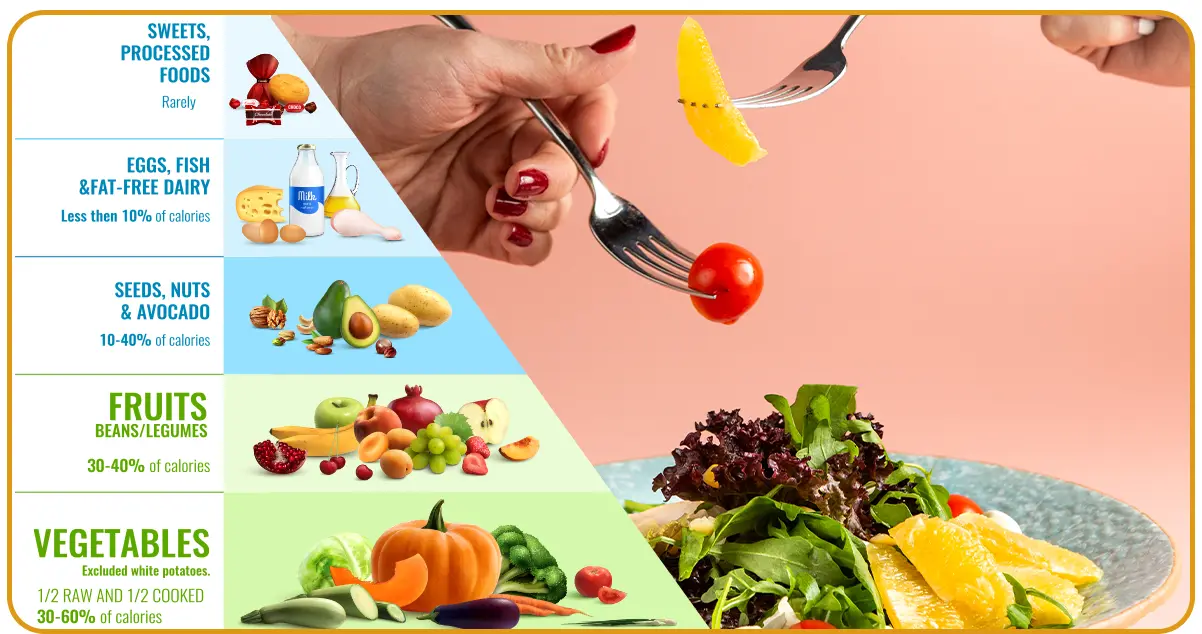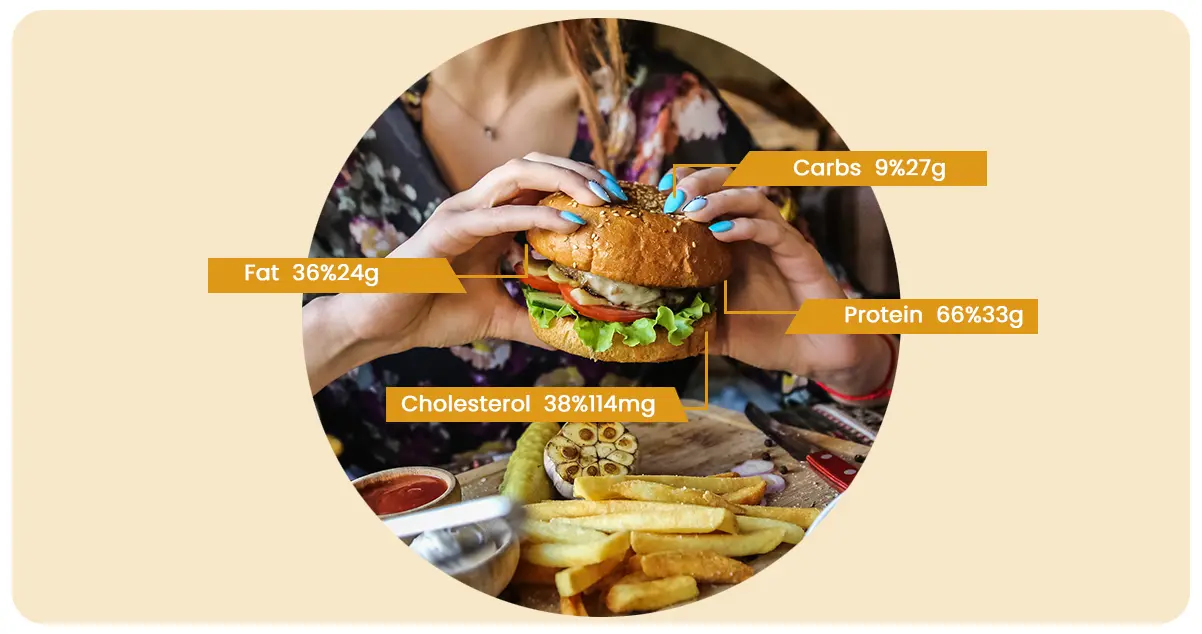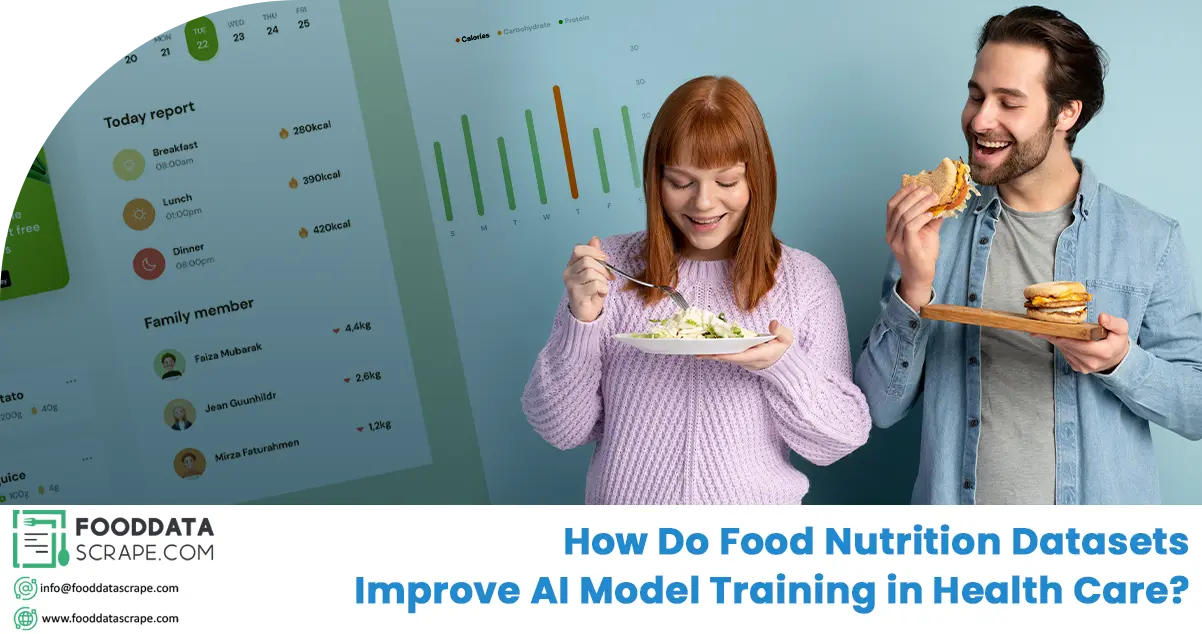Introduction: Artificial intelligence (AI) technologies have made great strides recently, especially in healthcare, finance, agriculture, etc. The application of AI in food-related industries, such as food analysis, food detection, and nutrition counseling, has shown remarkable power. The basis for constructing advanced AI models in this field is the availability of high-quality datasets in which the images of food items and comprehensive nutritional information are incorporated. In this article, we will explain the process of gathering the food datasets and the curation into a usable dataset, stressing the significance and potential of this data.
Importance of Food Datasets

The role of food nutrition dataset in training machine learning models for various tasks such as food detection, portion size estimation, diet assessment, and meal planning cannot be underestimated. Such datasets become the ground where the AI mechanisms learn to recognize and understand a variety of food products, their components, and their nutritional values. Access to varied and competently labeled food datasets allows researchers, programmers, and other developers to create more precise and efficient AI tools related to nutrition and health.
- Training AI Models: Food datasets are the building blocks of artificial intelligence models for tasks including food recognition, portion estimation, and diet analysis. These data sets allow AI algorithms to identify and understand different foods, which helps in the development of efficient and precise applications in nutrition and health.
- Enhancing Accuracy: Data for AI food recognition model accuracy depends on the quantity and quality of food datasets available. AI models are more accurate when a large number of food images come with helpful metadata. By training on the comprehensive dataset, AI algorithms will be able to recognize better and classify different foods, hence increasing the reliability of food-related applications such as food tracking and nutritional analysis.
- Supporting Research: Data on food plays a significant role in nutrition science, public health, and dietary behavior analysis research efforts. Researchers employ these data sets to analyze dietary patterns, learn about nutrition, and trace the role of nutrition on health results. Scraping food nutrition data enhances evidence-based research and knowledge of nutrition and dietary habits, among other things.
- Enabling Personalized Recommendations: AI algorithms can analyze food datasets to develop food recommendations based on a person’s preferences, dietary restrictions, and health goals. Such recommendations enable users to pick the best foods, optimize their nutrition, and manage pre-existing chronic conditions more efficiently.
- Promoting Food Innovation: Food databases serve as avenues for innovation in the food industry through the provision of food trends, flavors, and ingredient combinations. They let chefs, food scientists, and entrepreneurs have an insight. Using AI techniques trained on the datasets, innovators can present an array of dishes, food products, and culinary experiences that consider shifting consumer preferences and dietary needs.
- Fostering Collaboration: Publicly available food datasets enable researchers, developers, and practitioners who work in the area of nutrition, AI, and food technology to collaborate and enhance mutual knowledge. The accessibility to the datasets promotes transparency, reproducibility, and the sharing of best practices that all, in the end, enable the improvement of the innovation of healthy diet and well-being.
Challenges in Dataset Collection
Gathering a food dataset comprising images and nutritional values is a complex task. Firstly, to ensure that the food pictures are high-quality, much time and effort must be put into producing the photographs as factors like lighting, background, and camera angle significantly impact the image quality and consistency. Moreover, seeking accurate and comprehensive nutritional data for each food item entails extensive research and data compilation as the nutrient content varies with portion size preparation methods and brand variations.
Dataset Compilation Process

The process of compiling a food dataset involves several vital steps.
Image Acquisition: The food images are sourced from different sources, such as Internet recipe databases, food blogging sites, social media platforms, and image stores. The images should demonstrate different types of cuisines, dishes, and dietary choices to maintain diversity. Furthermore, images are taken from different viewpoints and in different weather conditions to increase the reliability of the dataset.
Image Annotation: Every food image is assigned metadata consisting of product name, ingredients, and relevant tags (e.g., vegetarian, gluten-free, high-protein). Annotation of images through manual or automated tools is one of the most essential methods of classifying and arranging the dataset for future analysis and model training.
Nutritional Information Extraction: Scrape nutritional data for every food item from reliable sources such as food databases, nutrition labels, and government guidelines. Such information generally includes:
- Macronutrients (e.g., carbohydrates, proteins, and fats).
- Micronutrients (e.g., vitamins and minerals).
- Calories.
- Serving sizes.
It can deliver readily available estimates and classifications for similar foods where specific nutritional facts are unavailable.
Data cleaning and validation: All images and nutrition facts are cleaned and verified to ensure their accuracy and integrity. It includes eliminating duplication, inaccuracies, and discrepancies by linking nutrition data from different sources.
Dataset Splitting: The compiled dataset is split into training, validation, and testing sets to facilitate model execution and evaluation. To prevent bias and overfitting, ensure that every set properly represents food categories and nutritional profiles.
Potential Applications of Food Datasets

A comprehensive food dataset containing images and nutritional information can be utilized in various AI applications, including:
1. Food Recognition and Classification: AI models can be trained to recognize and categorize different foods from data, improving apps such as food tracking, calorie counting, and record keeping
2. Dietary Analytics and Recommendations: AI algorithms can analyze nutritional benefits and deliver personalized meal recommendations categorized by personal preferences, dietary restrictions, and health goals.
3. Meal Planning and Recipe Generation Ratings: AI-powered meal Planning applications can use this dataset to suggest recommended meal types and nutrition options to consumers according to their tastes and health needs and use ingredients accordingly.
4. Food Tracking and Health Management: People use AI-powered apps to track their food intake, balance nutrients, and help manage chronic conditions like diabetes, obesity, and heart disease.
Conclusion: Finally, designing a complete food database with images and nutritional data is critical to implementing AI systems effectively in the spheres of nutrition, health, and food. Through their careful gathering, labeling, and maintenance of such a dataset, scientists and developers can, therefore, exploit the power of AI toward the evolution of dietary assessment, nutrition guidance, and personalized healthcare management. With technology developing daily, acquiring high-quality food datasets is crucial for setting up innovation patterns through artificial intelligence for healthier and sustainable food systems.
Are you in need of high-class scraping services? Food Data Scrape should be your first point of call. We are undoubtedly the best in Food Data Aggregator and Mobile Restaurant App Scraping, and we render impeccable data analysis for strategic decision-making. With a legacy of excellence as our backbone, we help companies become data-driven, fueling their development. Please take advantage of our tailored solutions that will add value to your business. Contact us today to unlock the value of your data.






























































































